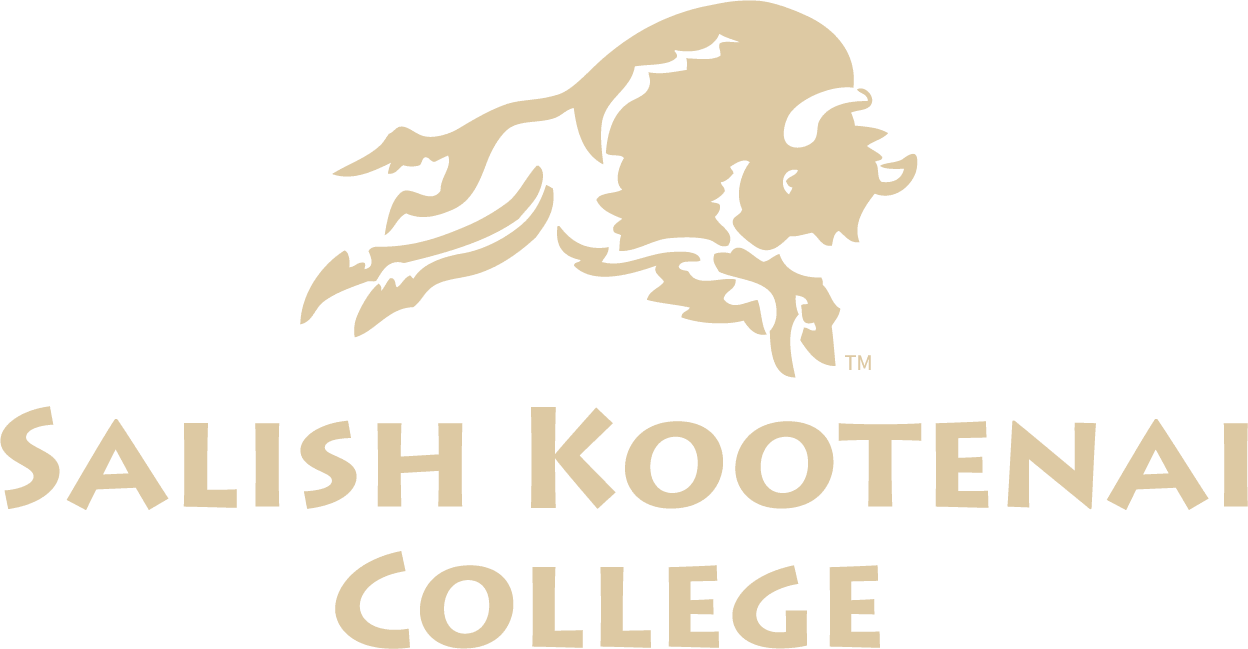Aspen Jaeger
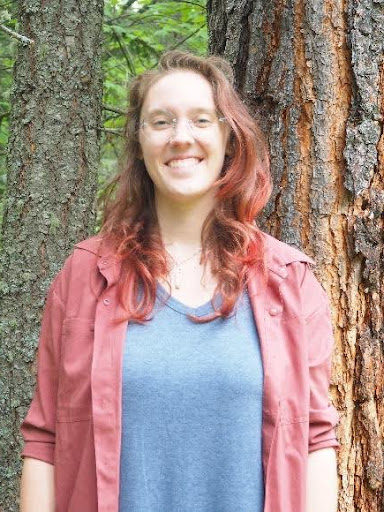
Aspen grew up in Northern Minnesota, where a deep love for the outdoors and a fascination with nature were nurtured from an early age. This passion led them to pursue dual degrees in Wildlife and Fisheries Management and Forestry Management at Salish Kootenai College (SKC). As a student, Aspen participated in a variety of research projects, including work on invasive mussel eDNA detection and huckleberry and bumblebee phenology. They also gained valuable experience at the Flathead Lake Biological Station, both as a Summer Session Assistant and later as a Lab Technician, where they conducted respirometry experiments on groundwater stoneflies.
Now a Research Technician at SKC, Aspen supports undergraduate students and contributes to impactful research projects. Most recently, they focused on pollinator studies at the CSKT bison range and conducted research for their Senior Thesis on the correlation between plant mineral differences and novel elk behavior. Aspen is deeply grateful for the opportunities and support SKC has provided, and they are committed to giving back to the community by mentoring new students and continuing their work in the field.
Courtney Old Chief
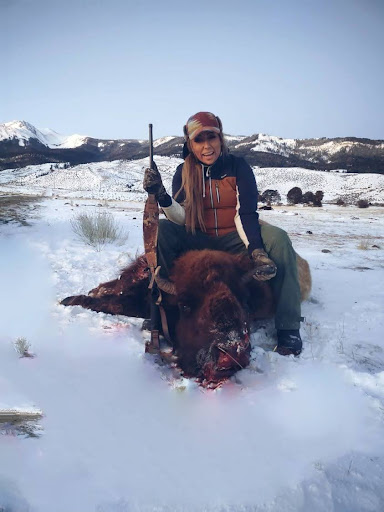
Wildlife and Fisheries Management
Oki nisto nitaniko (Hello my name is) Courtney Old Chief from the Amskapi Piikani (People of the Blackfeet Nation). I am currently attending Salish Kootenai College (SKC) and studying in the Wildlife and Fisheries Management program.
In the summer of 2024, my research team collected flower samples on the Flathead Indian Reservation, specifically at CSKT Mitigation sites and the Bison Range, as part of a pollinator study involving Environmental DNA (eDNA) sampling.
Growing up on a ranch, I developed a deep connection to wildlife and the environment, inspiring a career in natural resources with the goal of becoming a game warden on the Blackfeet reservation.
SKC has provided foundational knowledge and hands-on experience in identifying species, field sample collection, DNA analysis, and much more, aiding my academic and professional growth in biological sciences.
Thomas Trahan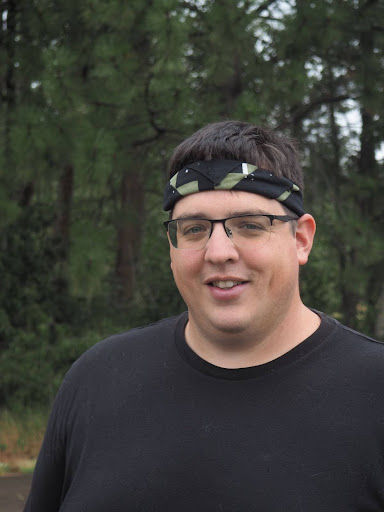
- Forestry/Wildfire Management
- My summer project with the fisheries and wildlife department focused on bat diversity on the CSKT Bison Range. Our research focuses on two main landscape types: forested and open sites.
- Our research concludes that bats appear most active and diverse on open-range sites. Bat diversity and frequency of calls were most prevalent at our sites with no canopy cover. Because of this, our initial hypothesis was rejected, though further research would be ideal.
- I plan to become a wildfire ecologist. I hope to use my knowledge as a wildland firefighter and as a native man who grew up in the forests of the Mission Mountains and incorporate that knowledge with science to understand the dynamics of our forested lands as we head into an uncertain future.
- Because of SKC’s emphasis on indigenous-led research, I will gain a better understanding of how culture leads to a more holistic approach to management.
Samantha McNair
Bachelor of Science; Wildlife & Fisheries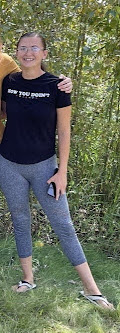
My project took place at the CSKT Bison Range and compares mammal presence along Mission Creek, specifically during Summer Solstice and Fall Equinox in this preliminary study. I did so by comparing animal observations through pictures taken off game cameras initially placed in March of 2023. The main takeaway from my project is the use of game cameras to compare how seasonality affects mammal usage of Mission Creek. My career goal is to be able to set up an at-risk youth program at the Bison Range that targets Native children who could use cultural reconnection. I plan on doing this by using TEK to connect them with the land as well as their ancestors’ traditional practices. Salish Kootenai College has helped me tremendously by connecting me with resources and people to make this goal a reality and I wouldn’t have had half the opportunities I have been involved in without this college.
Madeline Hamilton
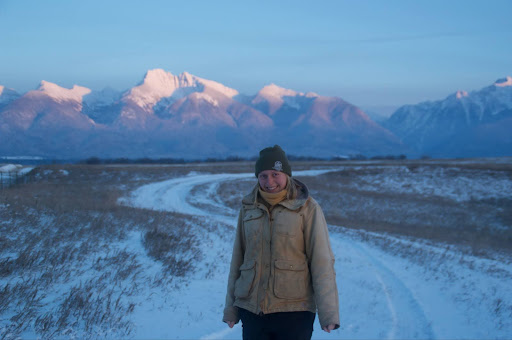
Wildlife and Fisheries Management
Over the last 8 months I have been reading Bison Range Narrative Reports which have provided me with historical data on ungulate populations. I have used these reports to understand how and when management practices can influence ungulate populations on the range. This internship has helped me learn to do field work, organize and process data, and summarize the work that I am doing into a digestible format.
I am currently pursuing my second degree, my first is a bachelor of arts in sociology, the second is a bachelors of science in wildlife and fisheries management. I plan to get a masters degree in wildlife and fisheries after I graduate with my undergraduate degree. I am interested in applying sociological tools and methodologies to wildlife management in order to manage people in ways that promote biodiversity and conservation. I believe that by working with people we can accomplish more change and we need to shift our way of thinking around wildlife management to encompass sociological themes. SKC is helping me achieve this by providing me flexibility and support in my research.
Courtney Mitchell
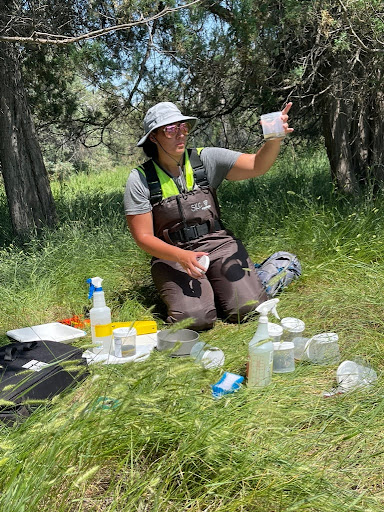
My name is Courtney Mitchell, I grew up on the Flathead Indian Reservation in Montana. I have attended Salish Kootenai College (SKC) for four years and received my Bachelors of Science in Wildlife and Fisheries in June of 2024. Over those four years I have worked several different internships including; working for the BLM as a Archaeological Technician and working as a crew leader for the Mission Mountain Youth Crew. This was my second summer working with SKC conducting research on the CSKT Bison Range.
In the summer of 2023 I started working on my research project. My project focused on the community composition of macroinvertebrates in Mission Creek. For my hypothesis, I predicted that the macroinvertebrate population and abundance would be the same at all three of my sample points within Mission Creek. We discovered that the three sites did not have significantly different communities. Two other takeaways from this project were that there were between 1,300 and 1,600 individual specimens collected at each site in July and August. In the 1990s, Mission Creek was stonefly dominant and now it is mayfly dominant.
On top of my project, I also participated in helping with elk observations, elk scat collection, and game camera deployment and management. My main takeaway from this project was how to manage and work around wildlife as well as work with different organizations. My future career goal is to work for the CSKT as a wildlife biologist and then become a game warden. Thanks to SKC I have been blessed with many opportunities to meet people who could help my future become a success.
Sattie Whitefoot-Fisher
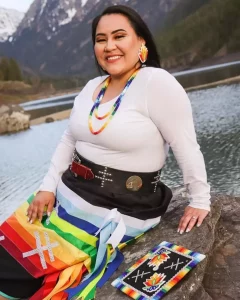
Sattie Whitefoot-Fisher grew up on the Yakama Nation reservation in central Washington with her family. As a kid, she spent her days connecting with the land through hunting, fishing, and hiking in the Cascade Mountains. Whitefoot-Fisher earned her undergraduate degree from Salish Kootenai College before being accepted into the Wildlife Biology Master’s program at University of Montana in 2020.
Her master’s project focuses on identifying the impacts of feral horses on deer and elk populations in Washington. In addition to collecting data through deploying camera traps in the field, Whitefoot-Fisher will survey Yakama Nation elders and community members about the history of wild horses on the landscape to incorporate traditional ecological knowledge into her results. The information gathered during her project will help inform feral horse management decisions on the reservation.
After graduating with her master’s in spring 2023, Whitefoot-Fisher hopes to work for a Tribal organization. As part of her future career, she wants to help raise and find funding that supports native youth travel opportunities, internships, and schooling.
“If it wasn’t for all the funding I received throughout the years, I would not have gotten to do any of the things I got to do – internships, travel, or even finishing school. I want to work on outreach programs to help younger generations find resources that will allow them to have the same opportunities I have had.”
Ken Edmo
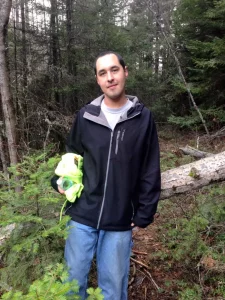
Ken Edmo has spent most of his life on the Flathead Indian reservation in Northwest Montana. Home to the Confederate Salish and Kootenai Tribes, the reservation is a stunning landscape: a wide valley interspersed with forests, lakes, rivers, wetlands, and rural communities, that is rimmed to the east by the Mission Mountains.
As a young child, Edmo’s interest in conservation was inspired by Jane Goodall’s research on primates.
“I remember seeing Jane Goodall on the TV and thinking that what she was able to do with primates was so incredibly interesting. It gave me the drive to pursue a job in conservation. I wanted to be like her when I grew up,” Edmo said.
He obtained his undergraduate degree in the Wildlife and Fisheries program from Salish Kootenai College. In 2020, Edmo started at the University of Montana and is pursuing a master’s degree in resource conservation.
Edmo’s project aims to determine how conflicts between people and grizzly bears can be reduced by effectively managing food attractants. He will examine agency and tribal regulations, recommendations, and resources on food storage, and synthesize this information into products that are easily understood and accessible by the public.
After Edmo graduates with his master’s degree, he plans to pursue work in wildlife conservation focusing on large terrestrial mammals.
Logan Williams
Yellow-Billed Cuckoo Research
Yellow-Billed Cuckoo Surveys and Habitat Modeling specific to the Flathead Reservation. A threatened species in Western Montana.
Noel White Running Water Stewart
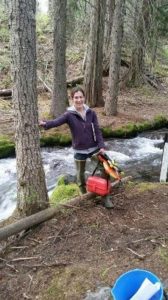 Noel White Running Water was born and raised on the Blackfeet Indian Reservation. She is a second generation college student and earned an Associate of Science degree in General Science: Applied Mathematics and Business Management from Blackfeet Community College. After successfully transferring to Salish Kootenai College (SKC), she became the first female to receive the Bachelors of Science degree from their Hydrology Program.
Noel White Running Water was born and raised on the Blackfeet Indian Reservation. She is a second generation college student and earned an Associate of Science degree in General Science: Applied Mathematics and Business Management from Blackfeet Community College. After successfully transferring to Salish Kootenai College (SKC), she became the first female to receive the Bachelors of Science degree from their Hydrology Program.
Her interest in research began when she was a student intern with SKC’s Computer Engineering Program in collaboration with the National Aeronautics and Space Administration (NASA) designing and constructing the Bison Sat, a satellite built to take aerial images of the earth’s surface for remotely sensed research.
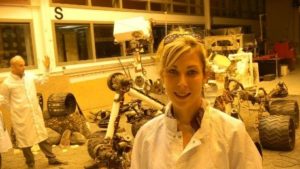 After launching in October 2015, it was the first satellite put into orbit by a tribal college. “The mentors at SKC definitely strengthened my understanding of how to become a better scientist, to skillfully use technical instruments, and to conduct research” Noel said.
After launching in October 2015, it was the first satellite put into orbit by a tribal college. “The mentors at SKC definitely strengthened my understanding of how to become a better scientist, to skillfully use technical instruments, and to conduct research” Noel said.
Over her schooling career at SKC she has participated in multiple NASA internships offered by SKC and through partner programs including: 1) Up-linking commands and analyzing data from the Curiosity Rover that landed on Mars in 2012 (a partnership with SKC and NASA Jet Propulsion Laboratories in Pasadena, California); 2) Precipitation data assimilation and analysis from the Global Precipitation Measurement Satellite (a partnership with NASA Goddard Space Flight Center in Green Belt, Maryland, the Tribal College and University (TCU), and SKC; 3) Studying the growth of culturally important plants on the Flathead Indian Reservation (a partnership with the Montana Space Grant Consortium (MSGC), NASA, and SKC).
“All of the great opportunities I was able to be a part of while attending SKC provided a competitive edge and a drive to achieve my higher education goals. After going through some very difficult times and the various struggles of life, SKC believed in me, and I never gave up until I had my diploma in my hand!”
She is now pursuing a Master’s of Science degree in Systems Ecology where her research is based on validating L4_C products from the Soil Moisture Active / Passive Measurement (SMAP) satellite over agricultural areas. This is being done with a Graduate Research Assistantship.
Matthew Weingart
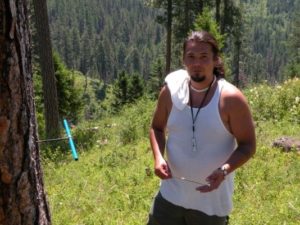 Matthew Weingart is a member of Oregon’s Klamath Tribe and is a Pend d’Oreille descendent. He is a first generation college student at Salish Kootenai College (SKC) and is a double major in the Hydrology and Forestry programs.
Matthew Weingart is a member of Oregon’s Klamath Tribe and is a Pend d’Oreille descendent. He is a first generation college student at Salish Kootenai College (SKC) and is a double major in the Hydrology and Forestry programs.
His interest in research began to germinate after being involved with his first summer internship through SKC (an EPSCoR Large River Ecosystems partnership). That involved learning to survey stream channels and to take measurements of groundwater, to monitor changes in the water levels of the Jocko River Watershed, on the Flathead Indian Reservation. Matthew said, “Being out in the field with nature doing science was my ultimate dream job and I’m just glad I decided to go back to school.”
Since then, Matthew has participated in many internships offered by SKC or through partner programs including:
1) studying ancient vegetation patterns using pollen grains in lake sediment (a partnership with the University of Minnesota’s LacCore, The National Center for Earth Surface Dynamics, and Fond Du Lac Natural Resources Department);
2) analyzing satellite images to track forest regeneration rates after the 1988 fires in Yellowstone National Park (a partnership with Kiksapa Consulting LLC and NASA);
3) quantifying rainforest expansion rates and collecting data on how carbon levels fluctuate within Australian and New Zealand forests (a partnership with the WildFIRE Partnerships In Research and Education (PIRE) program).
He also did volunteer work with a graduate student from the University of Montana using the SKC ground-penetrating radar to map bedrock in the Lubrecht Experimental Forest, and conducted White Pine blister rust surveys in Glacier National Park with Montana State University’s Ecology Department.
“There are so many opportunities for a student in this day and they are just waiting to be applied for. I was timid at first, but I just kept going to school, because I wanted to get an education in a STEM field. I wanted to show my family and myself, that I could get an education and I continue to encourage aspiring Native students getting degrees in the STEM fields.”
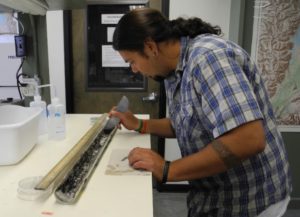
His research with WildFIRE PIRE became his senior thesis project and involved looking at how wildfire activity and vegetation communities in northern Yellowstone National Park changed over the last 13,000 years. He is continuing to seek his Masters and PhD degrees in the Earth Sciences.
“As I grow into a scientist, I continue to be inspired by all the research that has been done in the past, and I have a new respect for the people who stuck it out and have made their dreams come true.”
